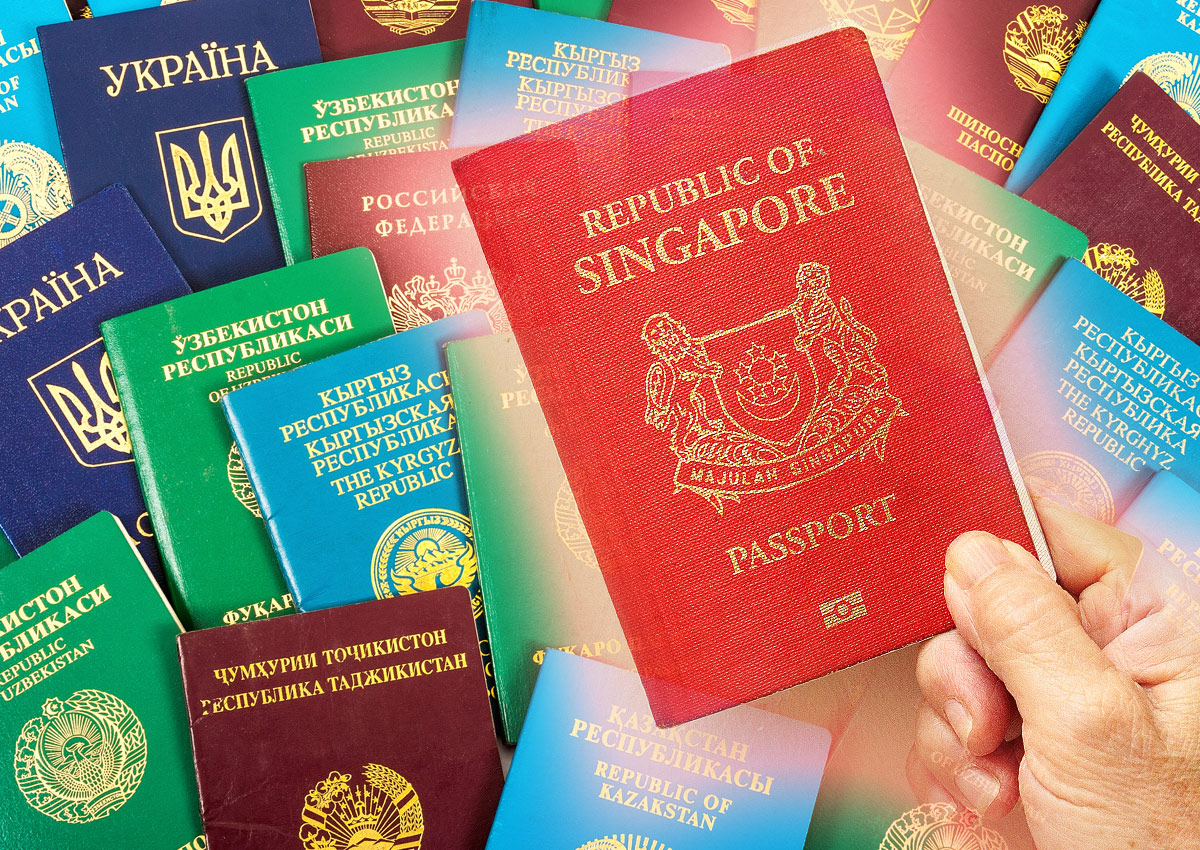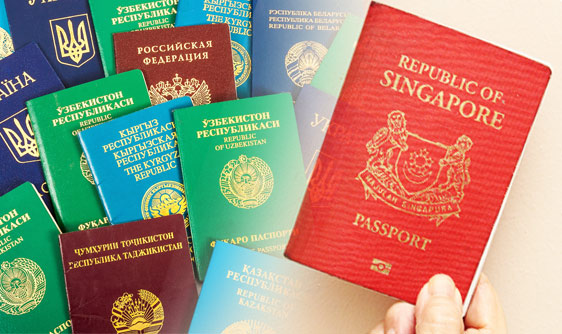SINGAPORE – For a world with 199-passport holding countries, you would expect there to be a myriad of coloured passport covers. But no, there are just four main colours – red, green, blue and black.
Standardisation is the rule of thumb here, as the International Civil Aviation Organization (ICAO) mandates a required size and format for governments across the world. The best that each country can do is to get creative with different shades.
Interestingly, how and why each shade is chosen, has roots in deeper cultural significance.
According to Passportinfo.com, countries generally pick colours to reflect their nation’s flag, religious beliefs or even their history. Some are even grouped politically under a similar colour.
Check out how the passports are ranked here:
Singapore’s and Switzerland’s passports are red to mirror the national flags.
According to Daily Mail, some communist nations or those formerly under the Communist regime also use red – a reflection of the party flag.
Countries in the European Union are recognised under a wine-coloured passport, with Croatia being the sole blue exception.
Other countries with red passports: Great Britain, China, Russian Federation
Shades of green
Islamic countries such as Saudi Arabia, Iran and Niger adopt various shades of green as a testament to their faith.
Muslims believe green to be Prophet Mohammed’s favourite colour. They also believe that the colour is fitting as the faith advocates nature and life.
Other countries with green passports: Pakistan, Vietnam, Mexico
Shades of blue
Blue is used to represent “New World” nations in the American continent such as USA, Canada and Panama.
Caribbean countries known collectively as Caricom, use dark blue covers as a symbol of solidarity in the union.
Countries in Oceania like Palau and Australia have also taken on a similar blue.
Other countries with blue passports: Fiji, Timor-Leste, Mauritius
Shades of black
Black passports are typically issued to diplomats or consuls, but that doesn’t grant them diplomatic immunity.
Aside from official purposes, black can also be chosen for practical reasons – it just doesn’t look dirty.
Aesthetically, the dark shade is also great for bringing out the country’s crest.
debwong@sph.com.sg





















